For someone who is inexperienced in interior design, all countertops look the same. However, there is a lot to be said about these kitchen surfaces and plenty of choices to be made. One of the most popular points of comparison is whether to have quartz countertops or granite. Considering how both these materials are made to look like natural stone, it does make sense that there would be a little friendly rivalry between them.
But when you get into the finer details of quartz and granite, you understand that the two are wildly different and fulfill different criteria on homeowners’ checklists. Don’t be fooled by their exteriors: there is a lot to learn about these two countertop materials and knowledge about these intricacies could sway your decision in which one to go for in your kitchen remodeling project.
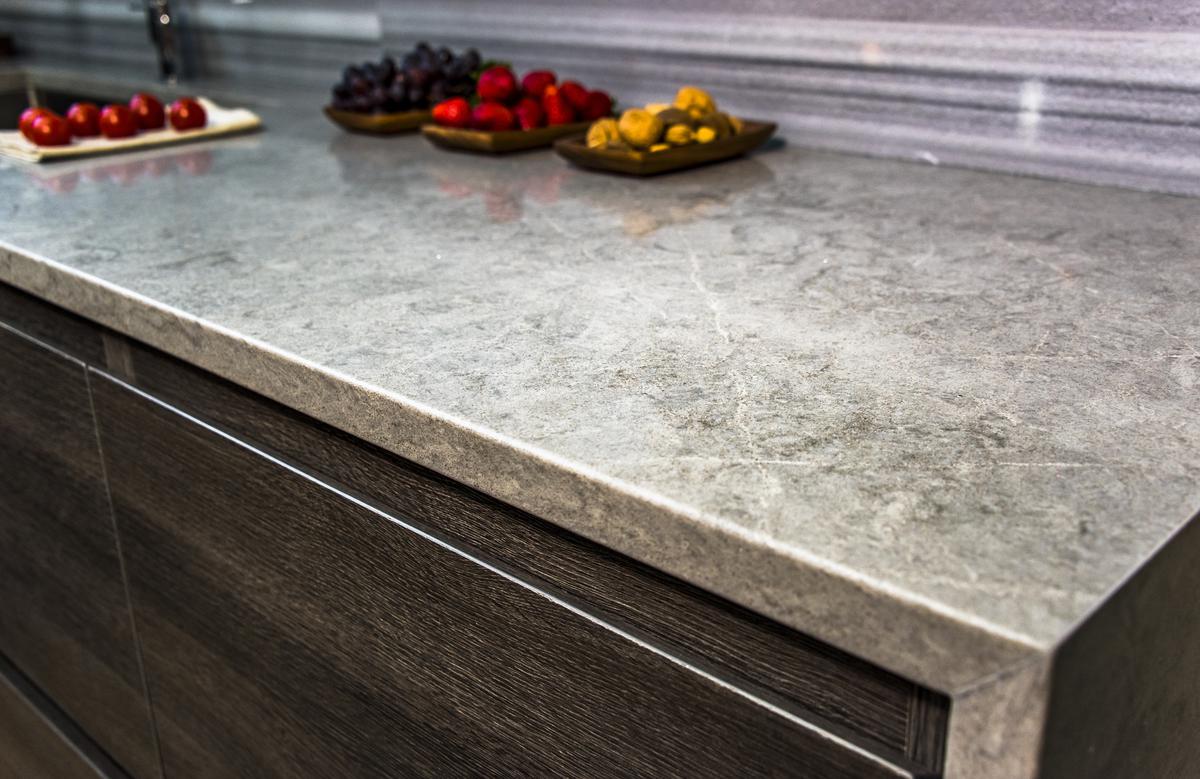
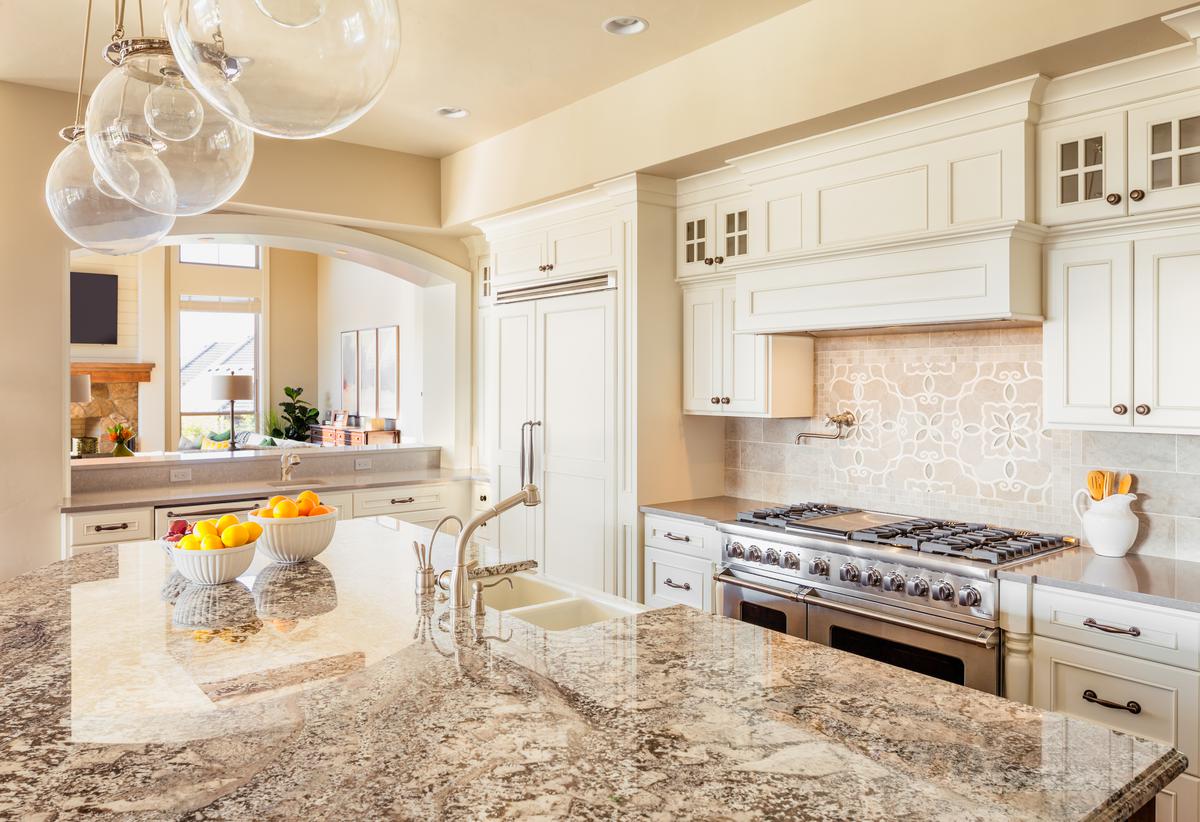
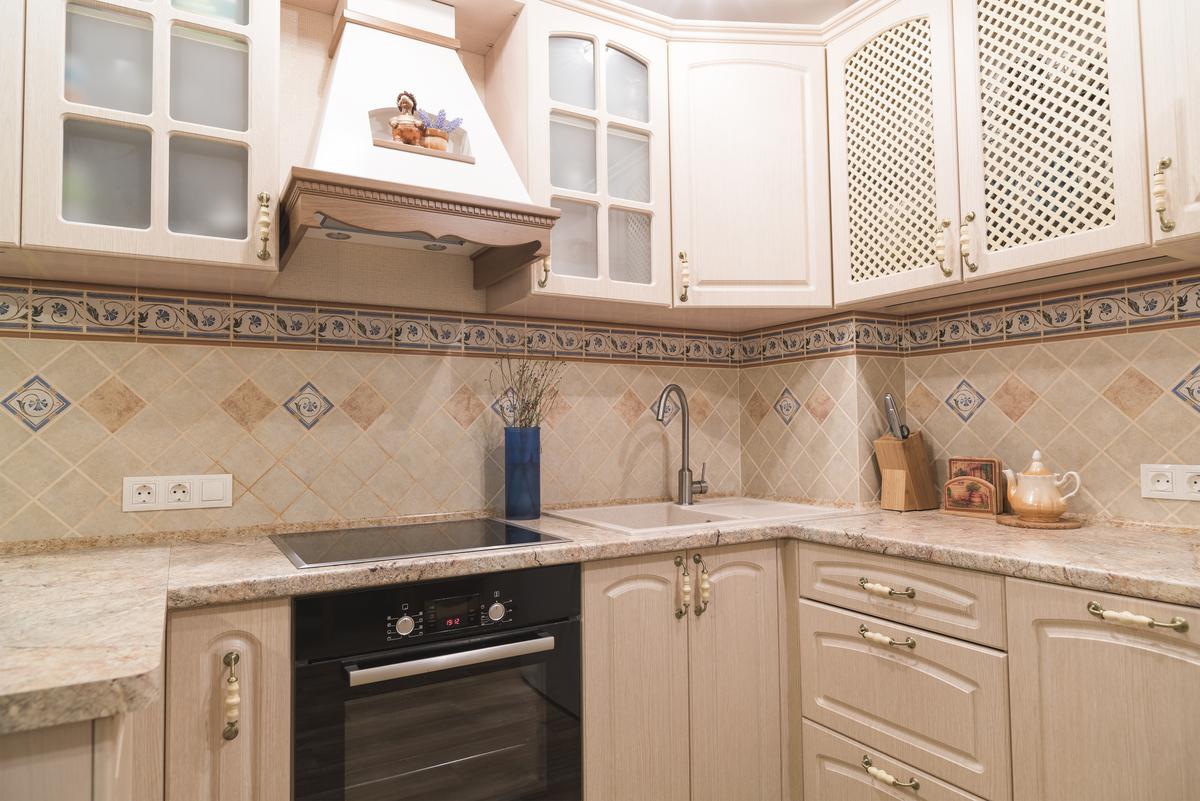
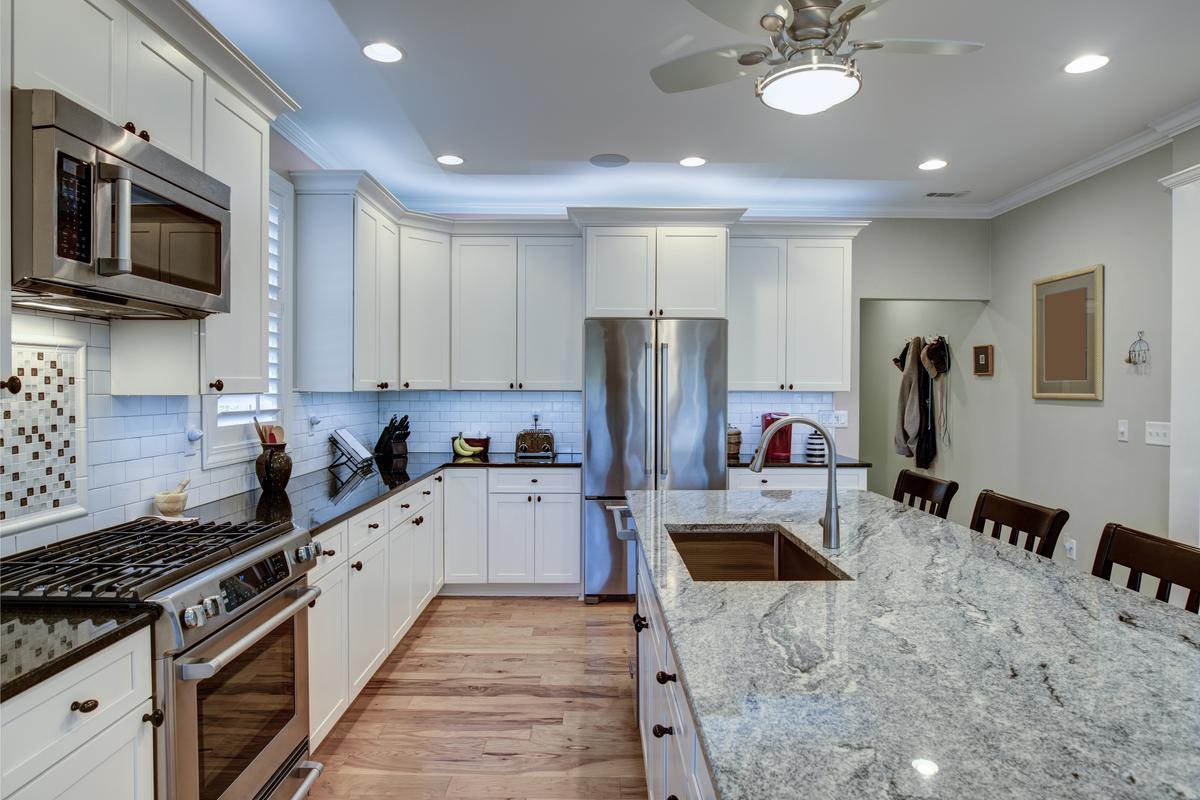
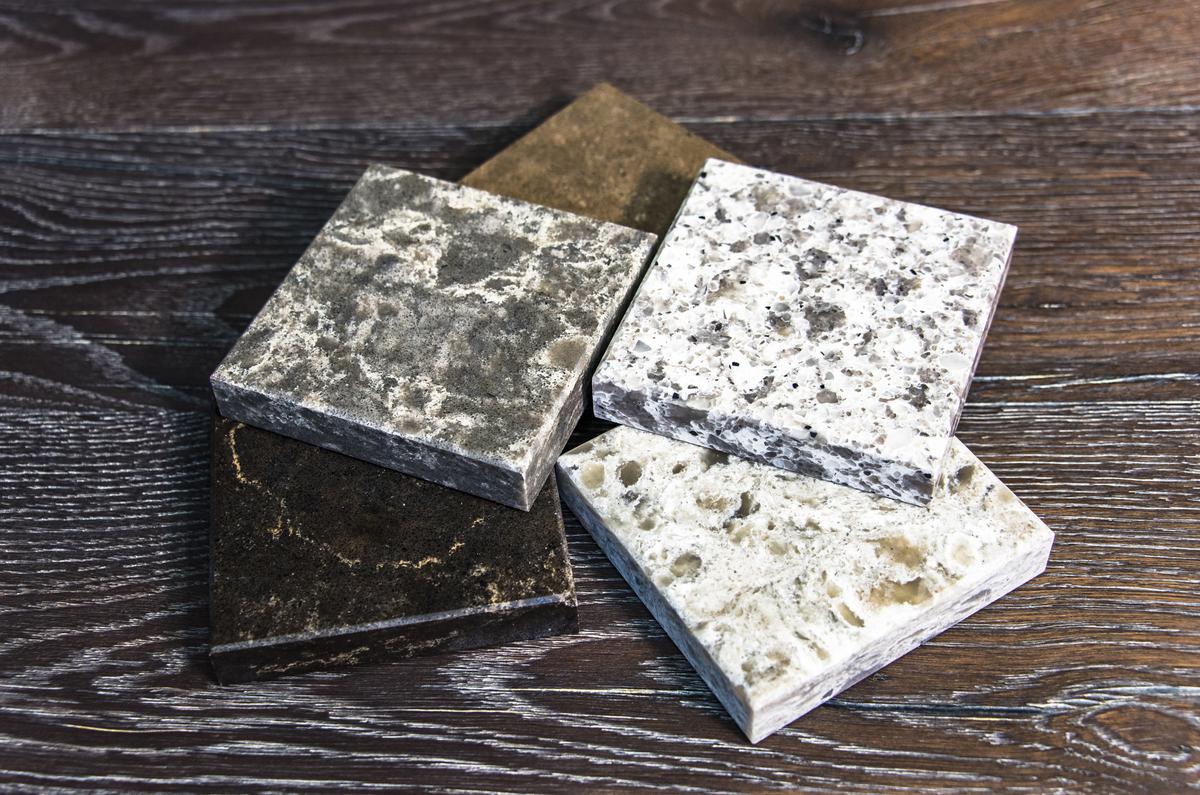
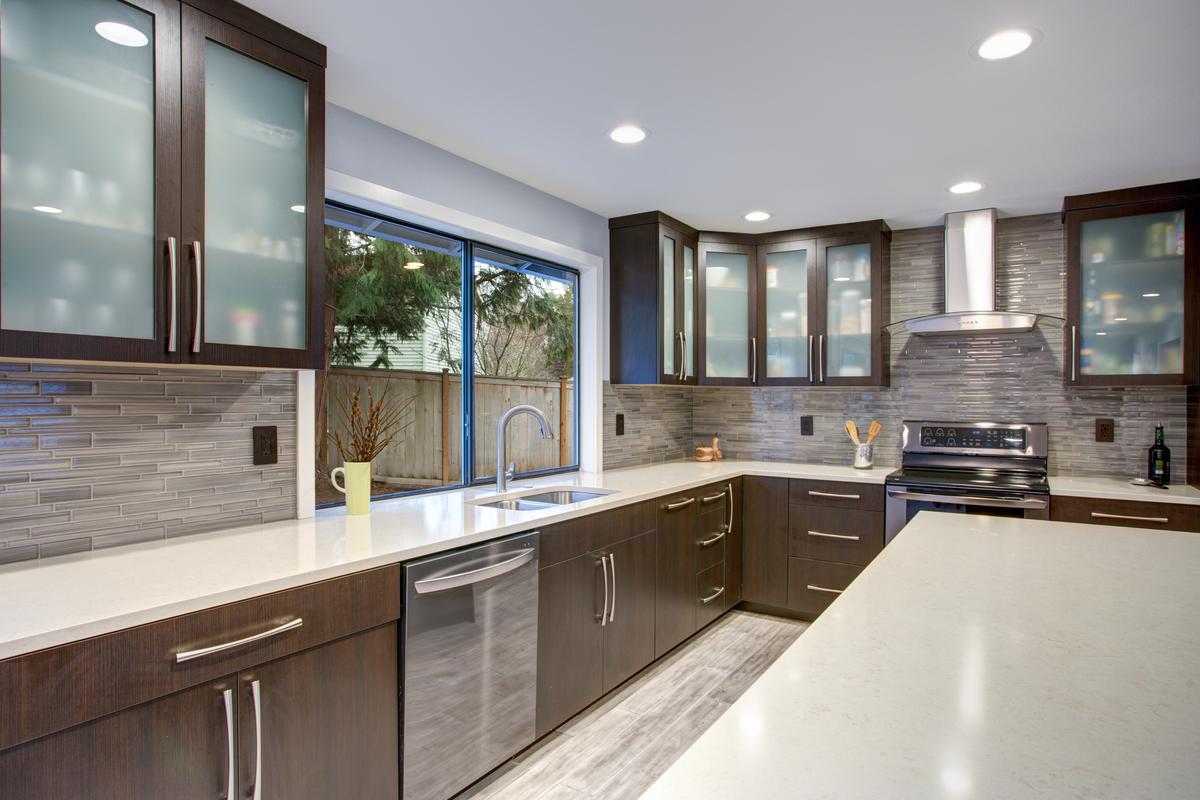
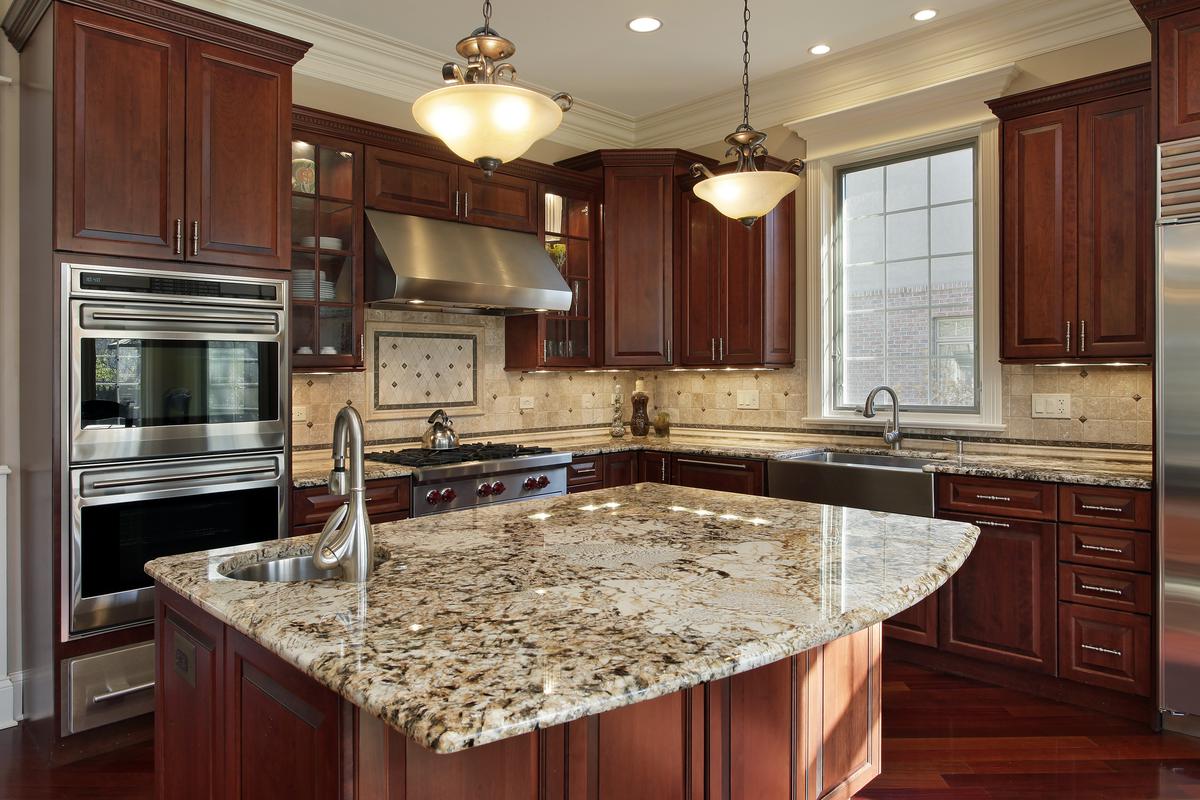
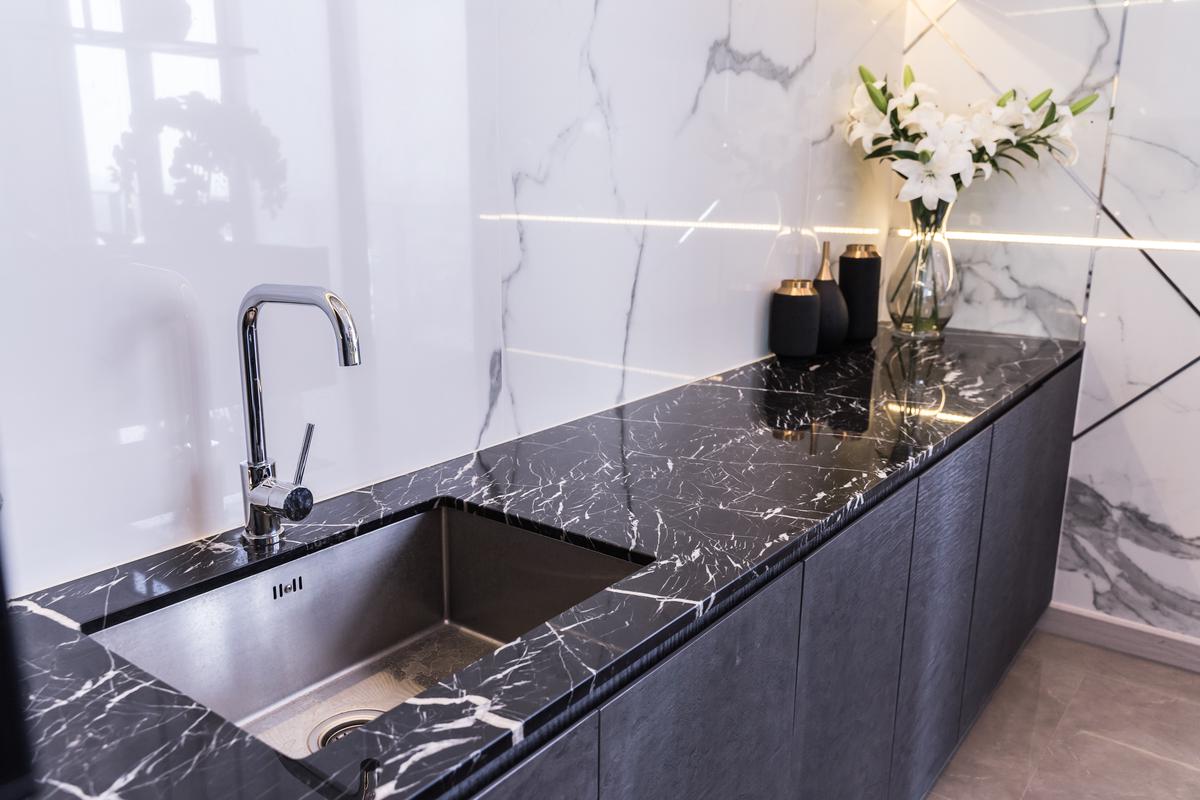
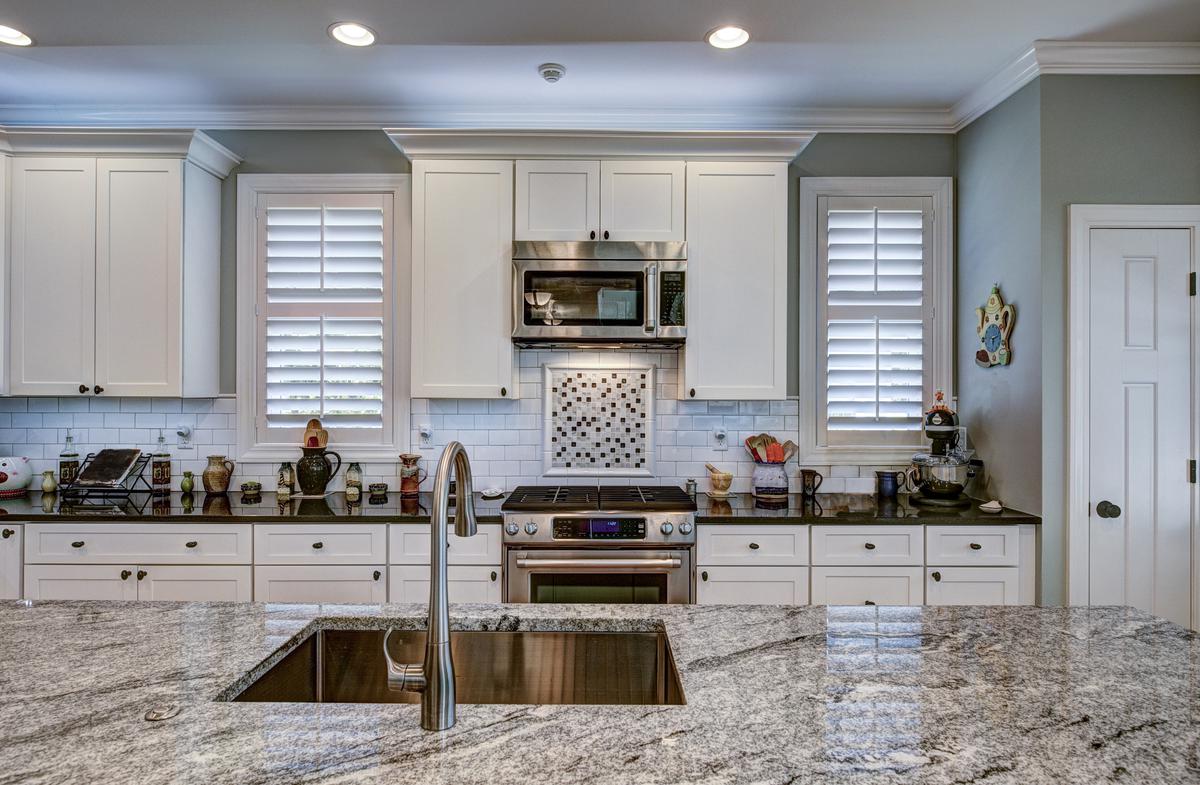
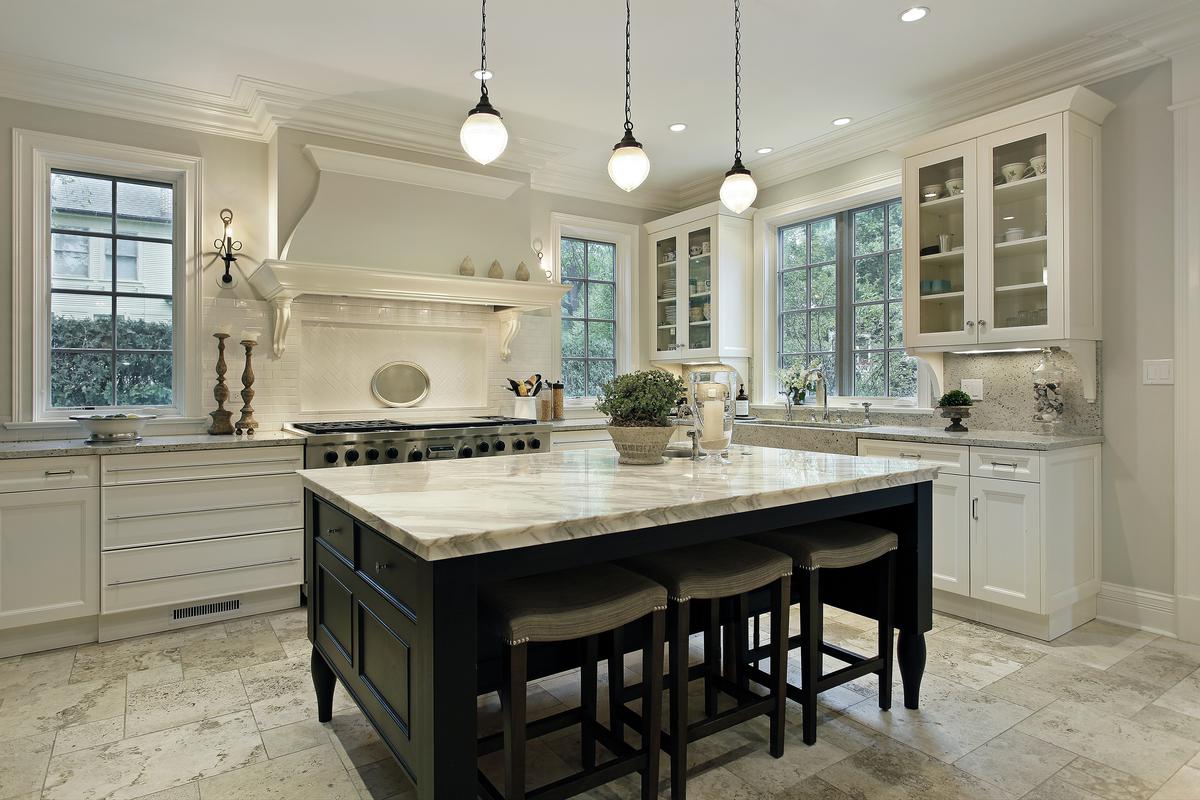
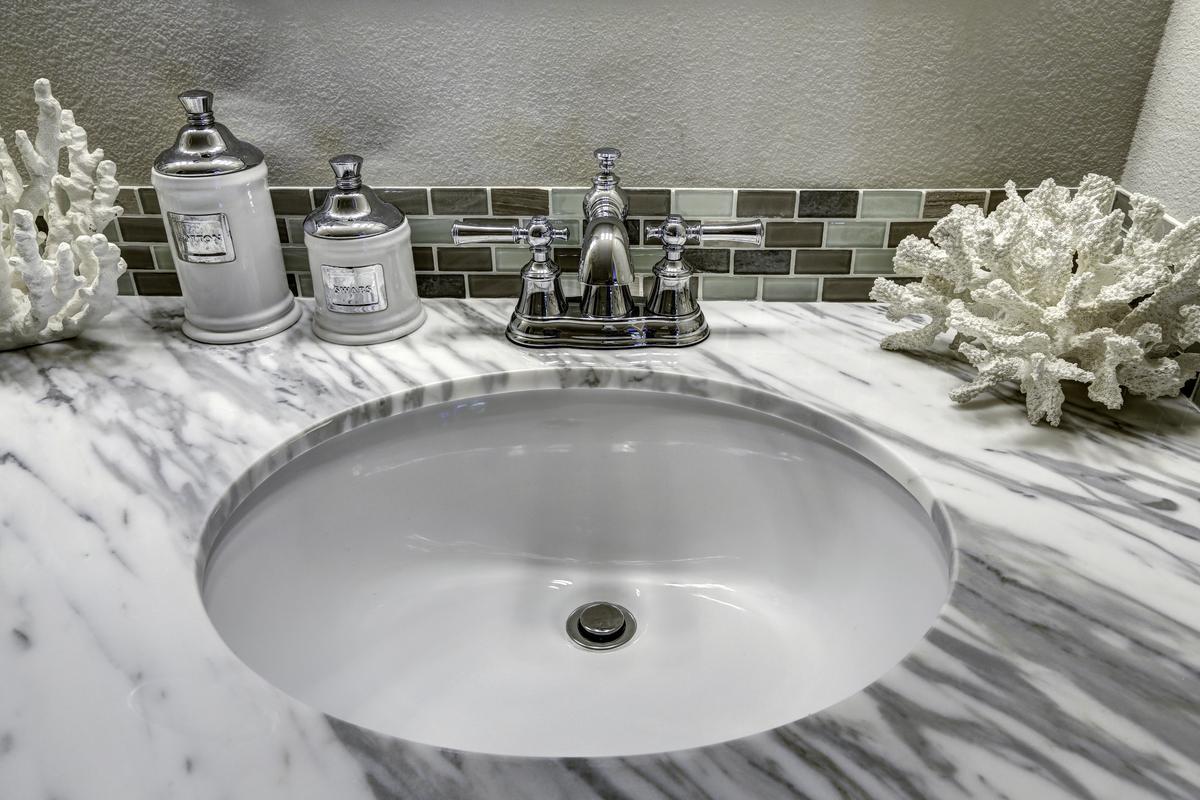

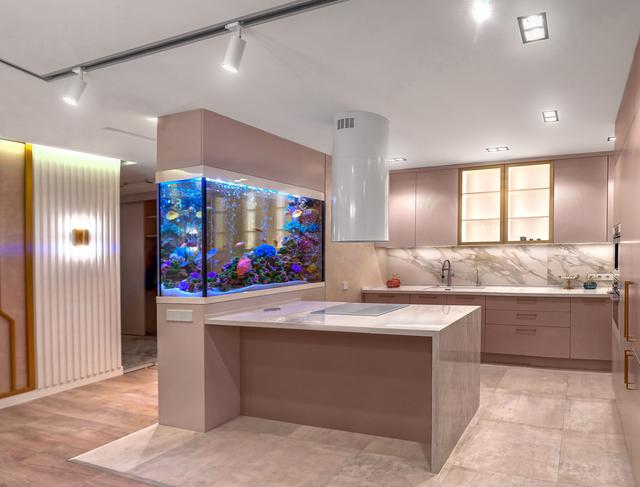


comments